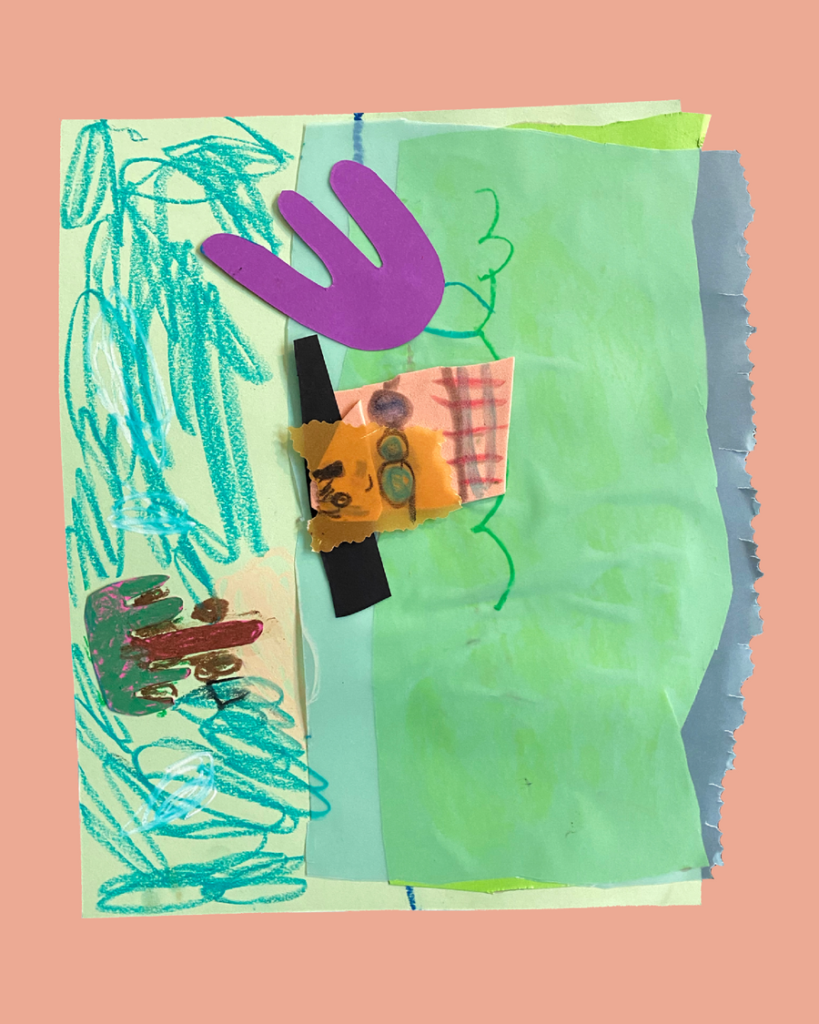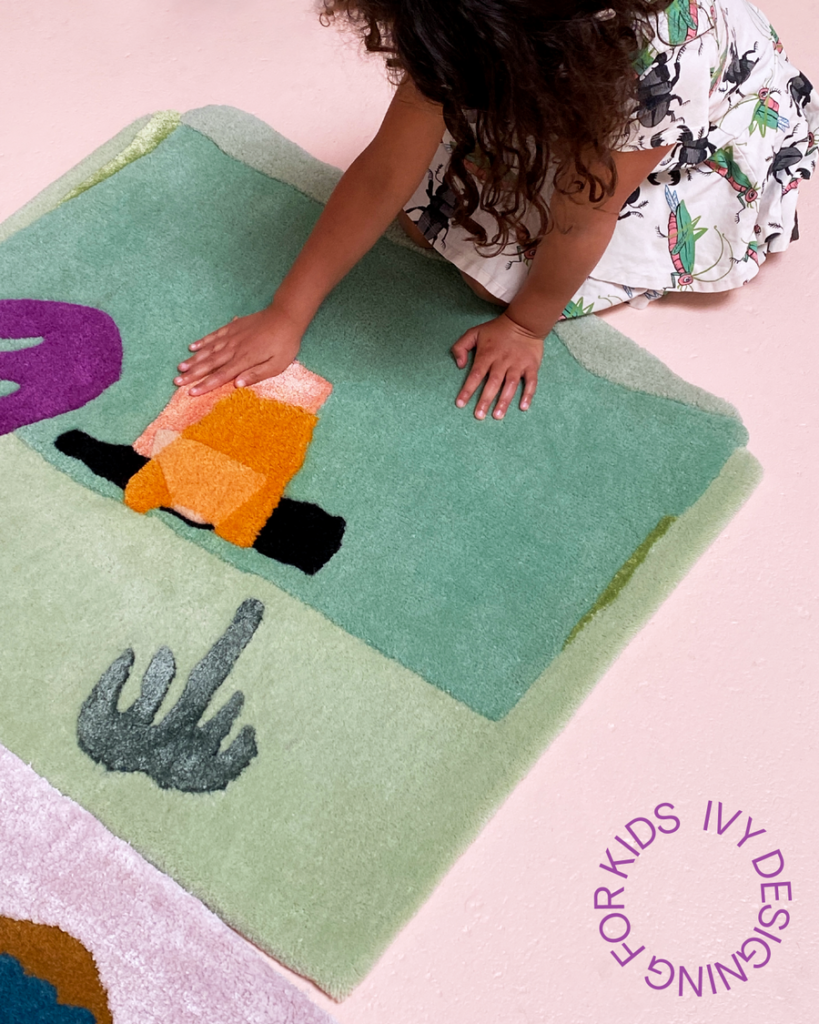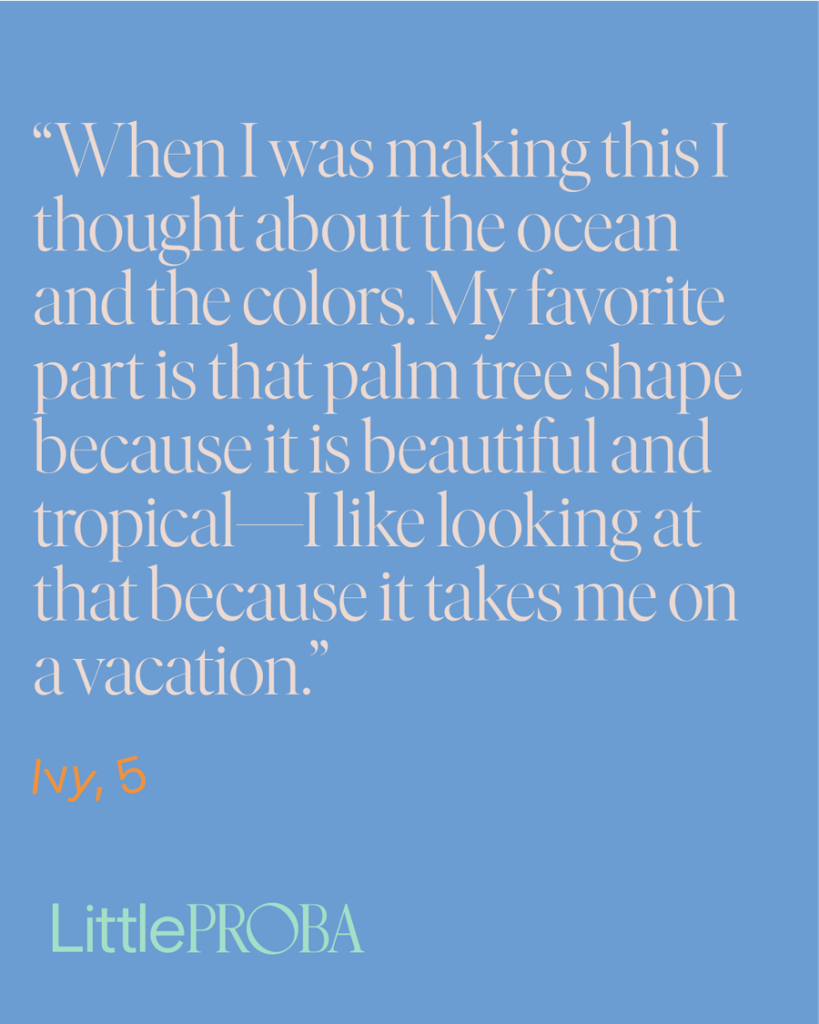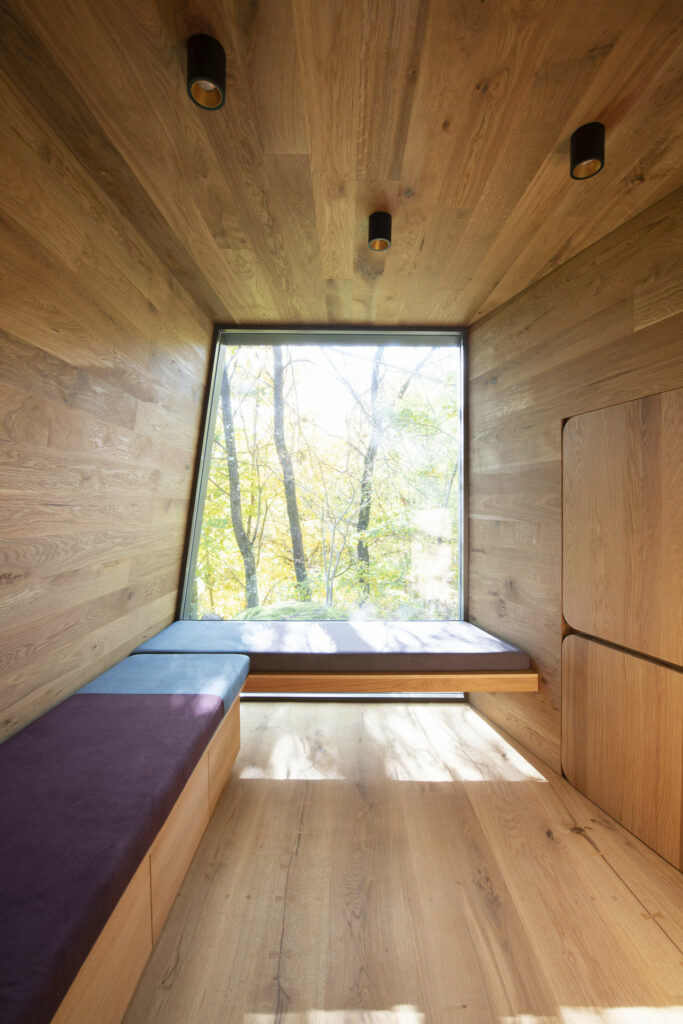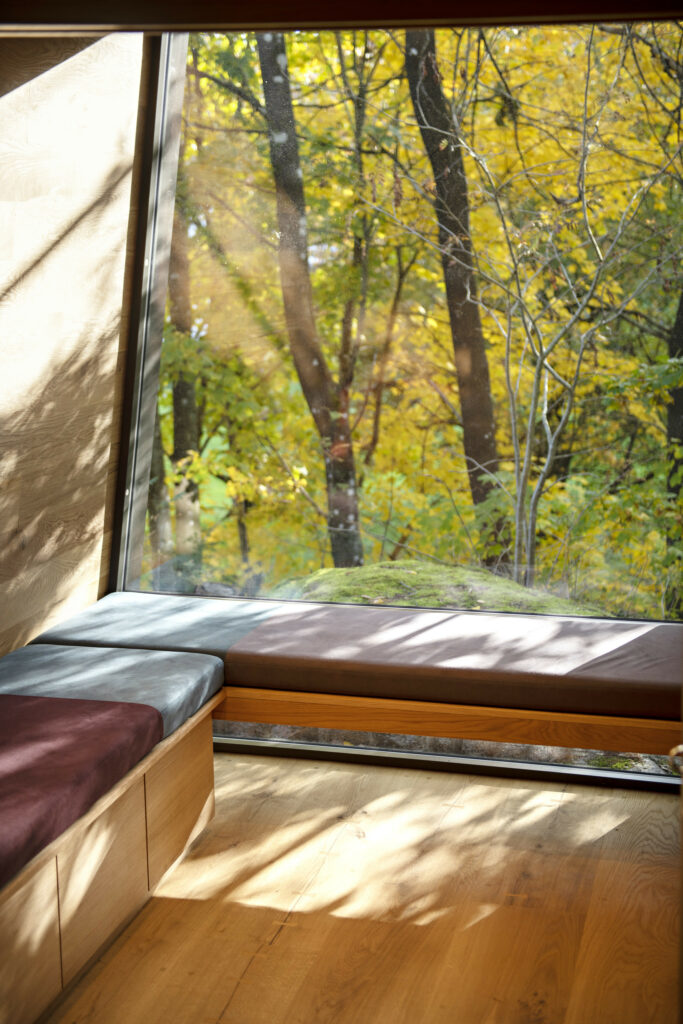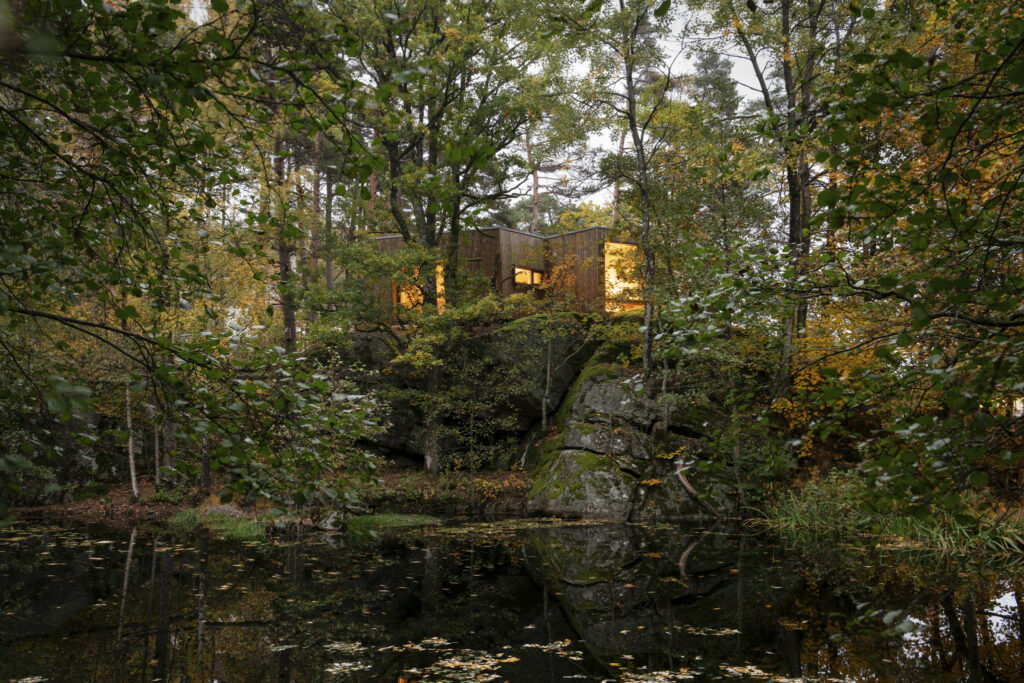Positive Design
Some of the following design cases focus on individuals, others on groups. Some help us to rediscover our talents, some support us in forming meaningful relationships, and others enable us to invest in the happiness of ourselves and of the people we care about.
Little Proba [1]
Little Proba is an initiative created to empower children’s creativity and help kids in need. The project emerged from Studio Probas first creative workshop for Portland and NYC kids, in which kids were guided through the process of making colorful, cut-out paper collages.
“The results were so inspiring, that we transformed them into rugs with all proceeds going to Save the Children and the Young Center for Children’s Immigrant Rights. This first collaboration is just one in a long-term series of philanthropic initiatives we’ve planned to foster creativity in children and, in turn, help those in need across the globe—a process we like to refer to as #kidsdesigningforkids.” —Studio Proba
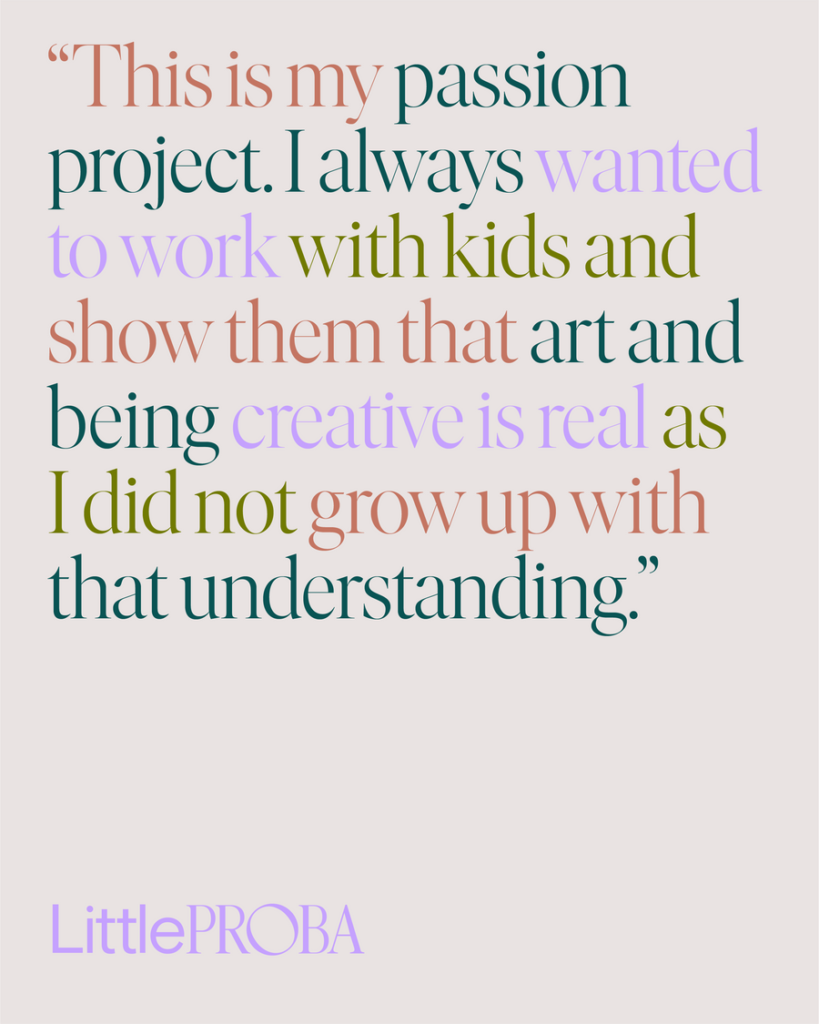
Goedzak [2]
Goedzag is a way to do good and offer products a second chance—sharing and re-use as easy as taking out the trash. The concept is currently used as a pilot-project in Amsterdam and Eindhoven.
How much do we actually use of the stuff that we own and how much do we really actually need? We all hold on to many material things we no longer use. But what is even worse is, that we sometimes throw away things that are still in perfect and working condition. From a sustainability point of view unwanted goods should be re-used as much as possible. From a social point of view, these items offer an enormous potential for positive social behaviour; sharing.
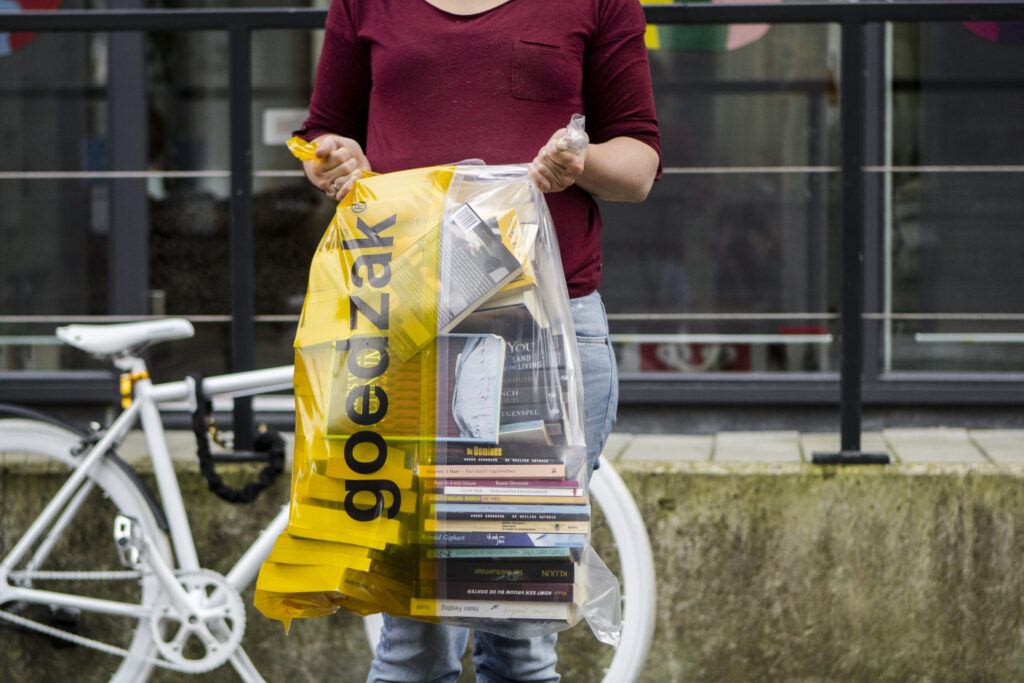
Designer Simon Akkaya dealt in the development process with questions such as: Is it possible to design a product that brings out and stimulates a positive human behaviour? And to make things a bit more complex; is this possible when this particular behaviour does not serve the user’s direct needs. In this case; altruism. Understanding the principles and mechanics of a specific human trait is essential when translating these abstract values into tangible form. This specific project was deliberately pushing the envelope by setting a very abstract goal, without setting a defined domain for the product at the start.
How it works:
Basically, Goedzak is a carrier of a sustainable message: It offers a visual stage to social deeds by “lightening up” the streets with bright yellow bags. Goedzak should encourage individuals to take their time and make an effort to fill up a bag with things which otherwise would be simply thrown away.
Goedzakken (the bags) are distributed in a specific area. With the bag people also receive information and an explanation on how to use Goedzak. People can then fill up the bag and place it outside on the pavement, no different from taking out the trash. The bright yellow colour will attract attention, while the transparent side of the bag will reveal the content without the need for rummaging through the bag. Passers-by can then take from the bag anything to their liking. The remainder of the goods are at the end of the day collected by the second hand store (or service from the city) to be either sold or recycled. Goedzak creates a new waste-stream that precedes recycling and eventually discarding, keeping the integrity of the products in tact an maximising the lifecycle. Goedzak allows you to fill up a bag and place it in a designated spot; this can be anywhere from a local mall, to the pavement in front of your house. Others (neighbours, passers-by) can take whatever they find valuable from the Goedzak.
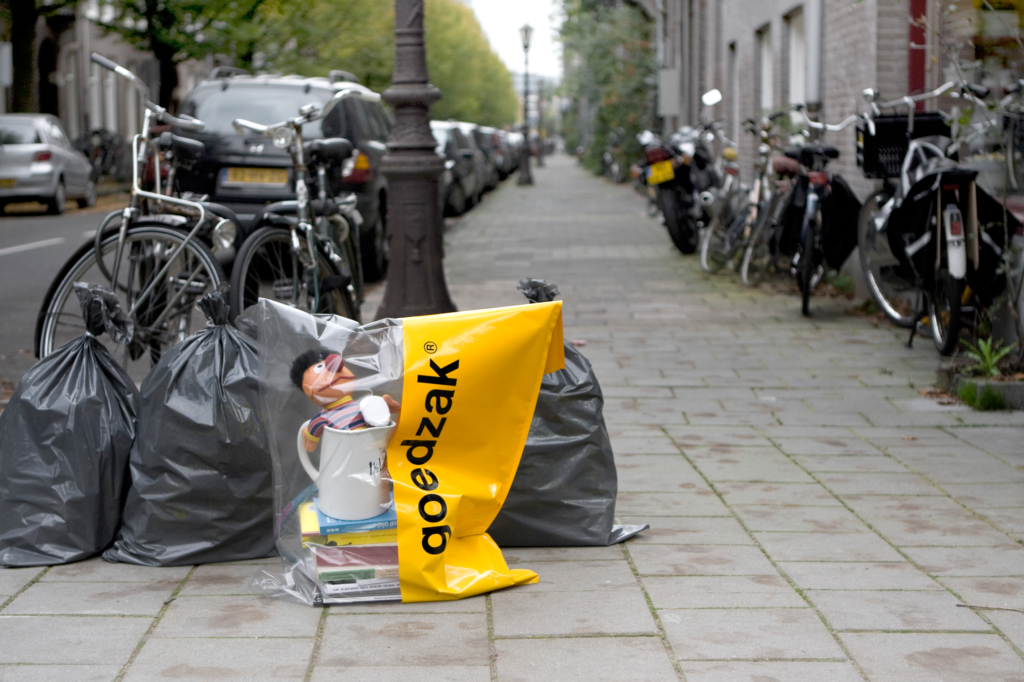
Hospital Facilities [3]
According to latest research music, humor, light, and scent have the power to decrease pain or influence medical outcomes—especially nature has a huge impact on healing. A finding that dates back to Roger Ulrich’s seminal study of post-surgical gall bladder patients. The research found that people who had a green view out their window were able to leave the hospital sooner and required less pain medication than those facing a brick wall. According to latest research even natural sounds (birds, etc.) may have an influence on pain.
Inspired by that latest findings the university of Oslo hospital, designed by Snøhetta, built an exclusive Outdoor Care Retreat, which can be booked by patients. The retreat has been designed to mimic a tree house and allows to full open windows for fresh air and a “being on holiday” experience.
Another issue in hospitals is a downbeat color scheme—which has especially a bad influence on children’s wellbeing. Children’s bedrooms at home are usually bright and colorful and by considering that fact in design of hospital facilities, a patients room can feel more “normal” and support wellbeing and therefore an individuals healing process.
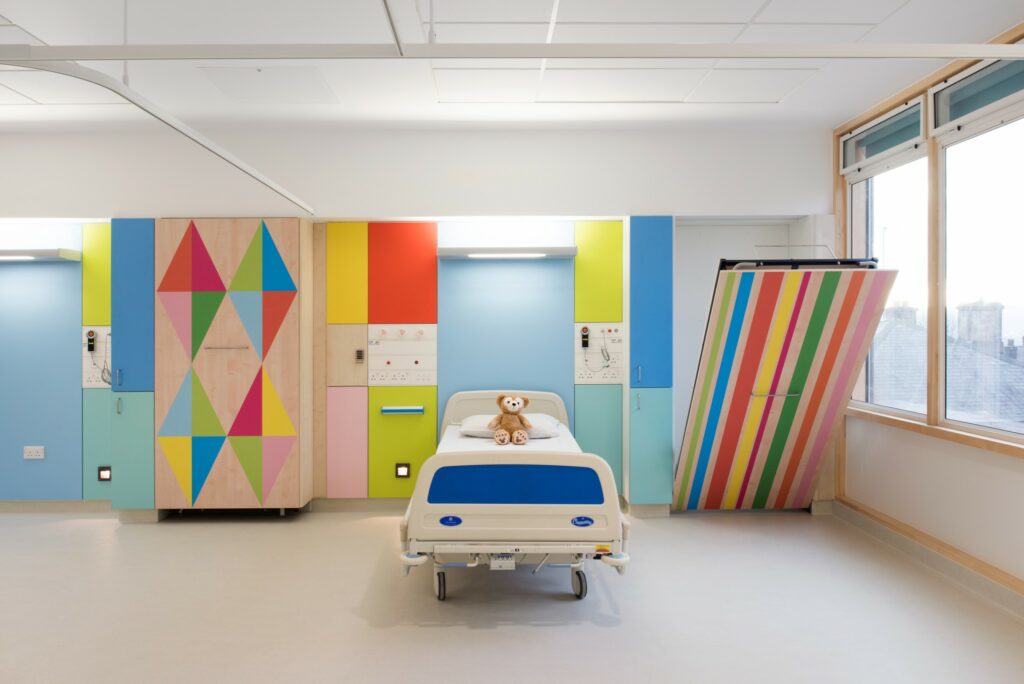
Sources:
[1] https://www.studioproba.com/studio
[2] https://www.waarmakers.nl/projects
[3] https://aestheticsofjoy.com/2019/03/22/imagining-a-more-joyful-childrens-hospital/

